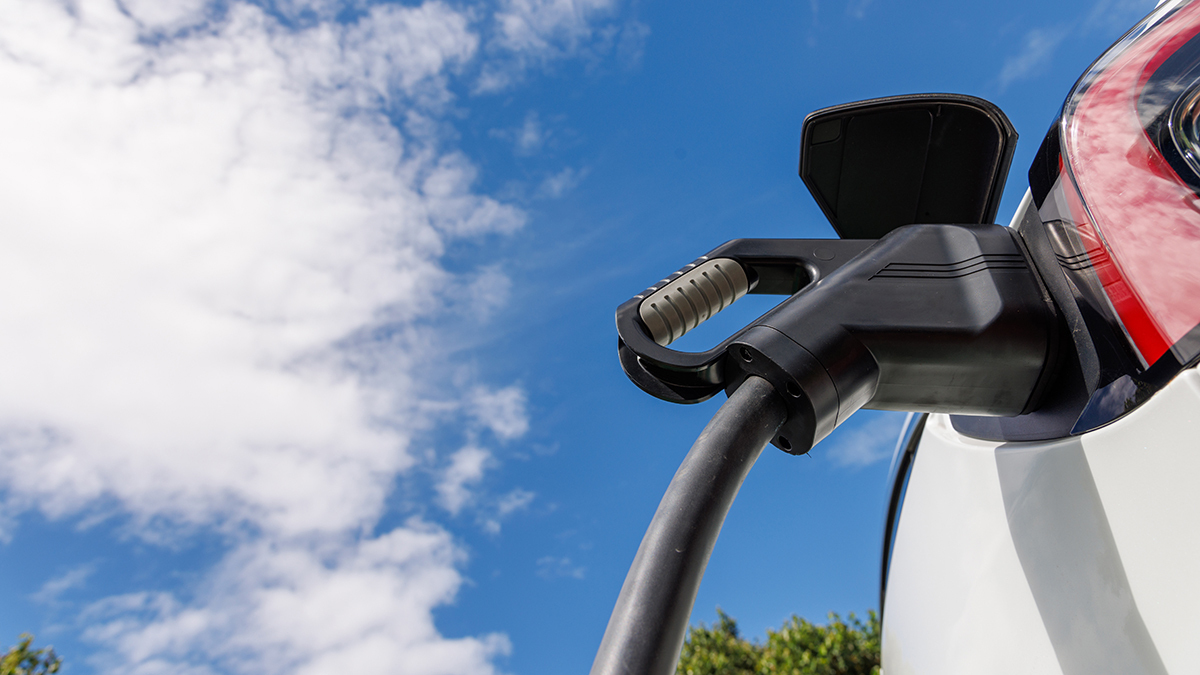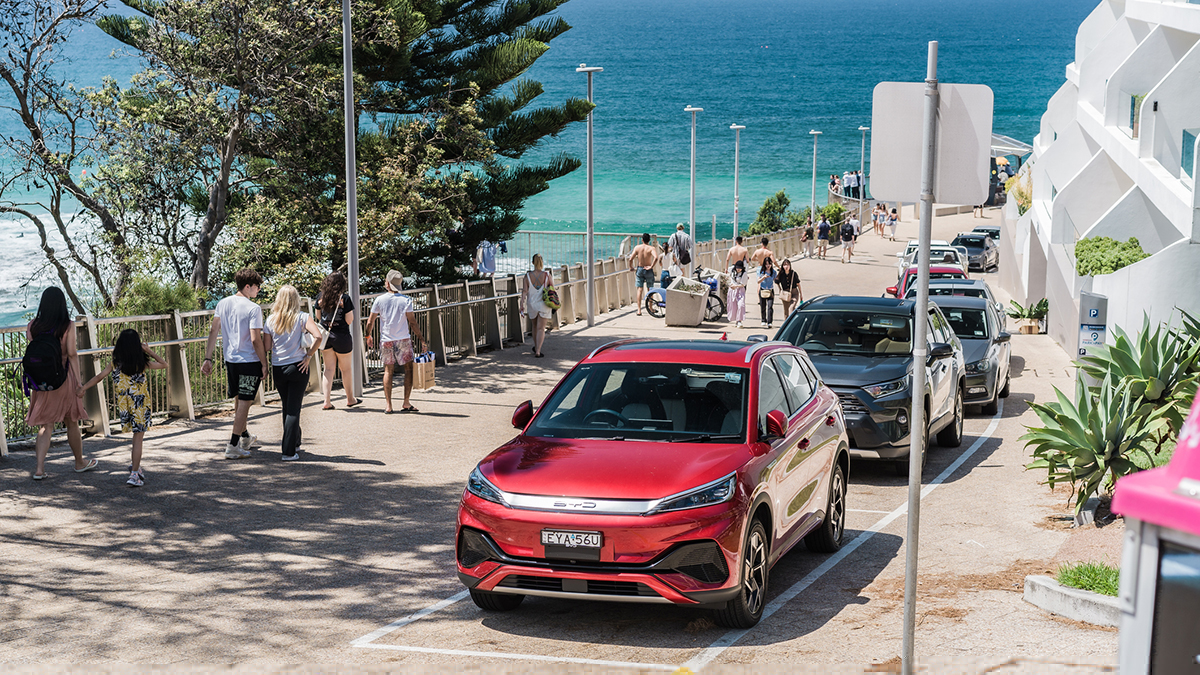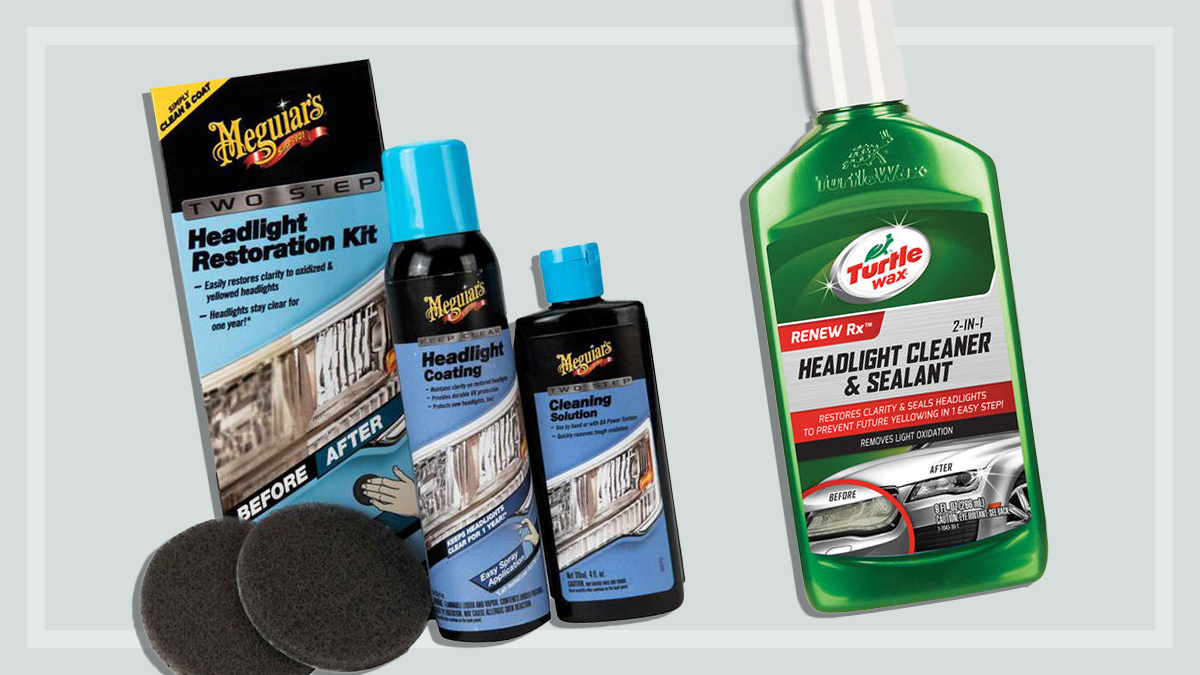Get our independent lab tests, expert reviews and honest advice.
Six ways to unleash Australia’s electric vehicle potential

Need to know
- Australian consumers are eager to use electric vehicles, new survey data shows
- Concerns about cost and lack of charging infrastructure are preventing many from making the switch
- CHOICE is taking six recommendations to the federal government aimed at improving electric vehicle uptake
Australians are keen to embrace electric vehicles (EVs), but concerns about cost and charging infrastructure are holding them back, new data shows.
CHOICE is pushing for changes to allay these anxieties and has made a series of recommendations to the federal government for its upcoming EV strategy.
Research finds strong interest in electric vehicles
In an October 2022 survey of more than 13,500 members and supporters, CHOICE found many believed using an EV would help the environment and the health of their community, but a variety of factors were preventing them from doing so.
Of the survey respondents, 69% said they would consider an EV for the next car they bought or leased, but only 5.59% had actually purchased an EV in the past five years.
69% said they would consider an EV for the next car they bought
The main barriers to respondents were the cost of buying the vehicle, concern over whether there were enough charging stations and a belief there weren’t enough EV makes and models to choose from.
With the federal government currently formulating its National Electric Vehicle Strategy, CHOICE has used this feedback from consumers to make six recommendations for how Australia could better pave the road to EV transition.
Six ways to unleash EV potential
How Australia can meet consumer demand for electric vehicles
– Make vehicles more affordable
– Boost charging infrastructure
– Build a second-hand market
– Implement safety standards and repair rights
– Provide independent information and rigorous testing
– Enforce fuel standards to encourage efficient models
Recommendations
1. Make EVs more affordable
Upfront cost was the biggest obstacle stopping consumers from switching to an EV, with 70% of survey respondents saying high prices were preventing them from buying one.
“Many people told us they were interested in electric vehicles and aware of their benefits, but that they were currently out of their budget,” says CHOICE senior campaigns and policy adviser Alex Söderlund.
84% of those surveyed indicated they would like to see the government intervene to help make EVs more affordable – something Söderlund says CHOICE is advocating for:
“Targeted and means-tested financial assistance will be beneficial in helping make sure that the electric vehicle market is accessible to all consumers, not just those on high incomes.”
2. Improve charging infrastructure
Anxiety about the distance between EV chargers is also causing consumer concern, with 47% of survey respondents saying fear of the car’s battery running out while they’re on the road was stopping them from embracing electric travel.
It’s a concern Tracey O’Neill knows well. Living in regional Victoria and often driving several hours each day for work, O’Neill believes there aren’t enough chargers along her route for her to give up her petrol car just yet.
84% would like to see the government intervene to help make EVs more affordable
“I’d just be worried about whether I’d be able to charge it in between and, when I get to one place, that I’ll have a position that I can charge it in and then be able to get back home,” she explains, saying more charging points that would charge a vehicle quickly would ease her concerns.
Installation of such infrastructure is another initiative CHOICE wants to see included in the federal government’s EV strategy, with a specific focus on providing chargers that can be used with any vehicle and by renters and people living regionally or in apartments.
Read more with the CHOICE guide to electric vehicles.
3. Boost the second-hand EV market
O’Neill says the 12-month wait time she was presented with when she enquired about buying a new EV has also caused her to hesitate – a second-hand EV is something she’s “absolutely” interested in.
It’s a sentiment Söderlund says Australia can tap into, once a big enough market of vehicles exists.
“Many consumers said they’d like to purchase vehicles second-hand – but the market is currently too small to meet the needs of the community,” she explains.
As a remedy, CHOICE says there should be incentives for governments and businesses to include more EVs in their fleets, to stimulate growth in the second-hand market and build a base of more affordable vehicles.
“As government and business EV fleets are replaced, the older cars will flow out into the general second-hand market,” Söderlund says.
“This will mean more consumers will have access to the EV market and purchase options that suit their needs.”
4. Enforce stronger standards for more efficient cars
Car fuel efficiency standards are also on CHOICE’s EV wish list. Introducing such measures, Söderlund says, would create a more fertile regulatory environment for EVs (and even high-efficiency petrol cars) in Australia.
“Manufacturers aren’t incentivised to sell electric vehicles in Australia, because it means diverting cars from faster-growing markets that have clear rules and incentives,” she says.
“Strong mandatory standards would result in a more efficient and competitive market for cars in Australia.”
Such standards were supported by 84% of survey respondents, with some participants worried continuing without them could see Australia become a dumping ground for the worst vehicles.
5. Provide independent information based on rigorous testing
CHOICE is also calling for independent and locally-relevant information on the performance and reliability of EVs to be made available through the government’s Green Vehicle Guide to enable consumers to make better choices.
Söderlund says existing performance data is produced by manufacturers testing vehicles in “optimal conditions” and argues the comparatively longer distances and harsher environments faced by many Australian drivers mean the industry needs to go the extra mile in its research and testing.
It’s important that the cars we’re driving in Australia are tested in Australia
CHOICE senior campaigns and policy adviser Alex Soderlund
“It’s important that the cars we’re driving in Australia are tested in Australia and that consumers know how a vehicle is expected to perform in the place where they live,” she says.
6. Establish strong safety standards and repair rights
Finally, CHOICE is also urging the government’s strategy to set in place a robust safety net for users of EVs as their market share grows.
Söderlund says it’s important to get solid consumer safeguards in place early to make the EV sector more sustainable in the long run.
“The Australian community expects EVs to be reliable and easy to fix and that they should not face long wait times when they need their electric vehicle repaired,” she says.
“Repairing faulty electric vehicles, rather than relying on costly replacements, will ensure the longevity of vehicles and expand the second-hand market and provide consumers with more options.”




